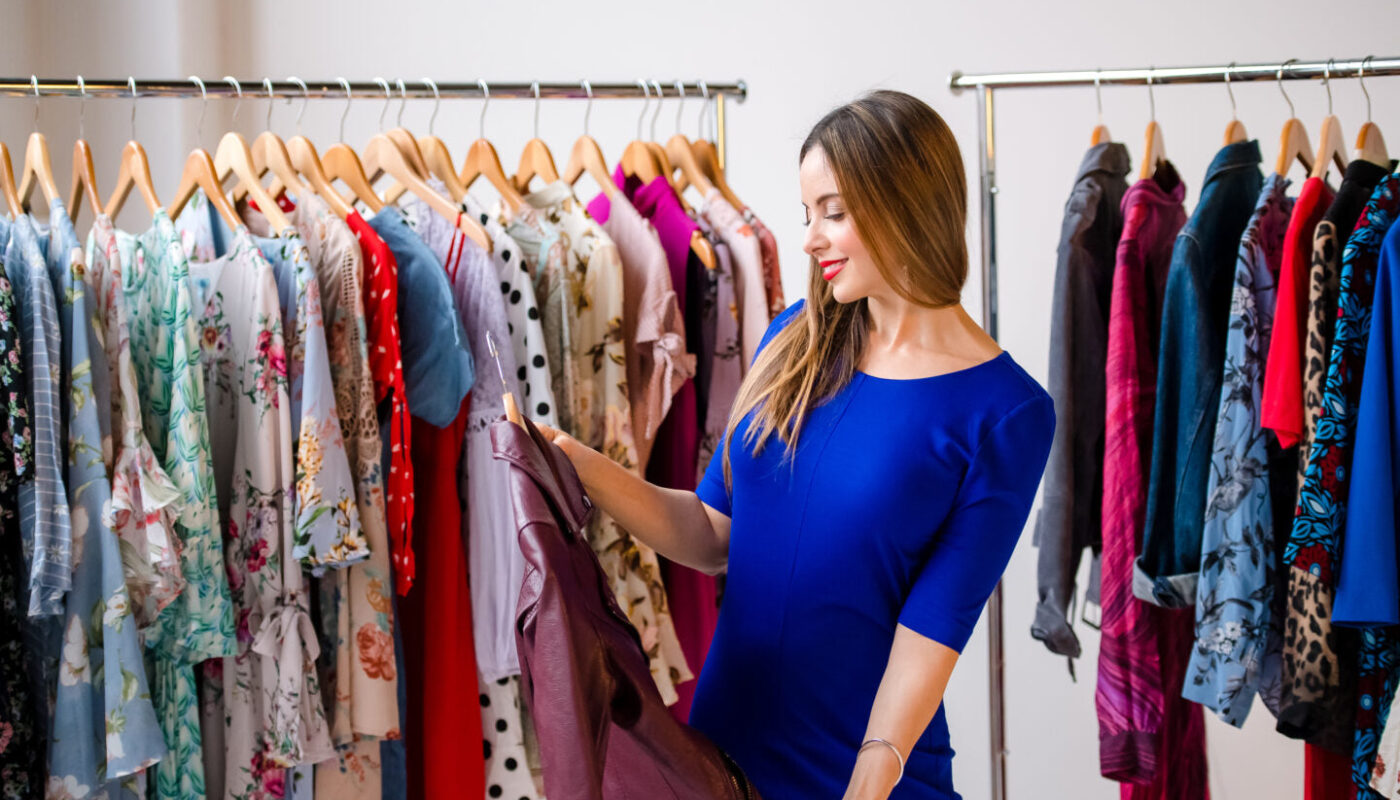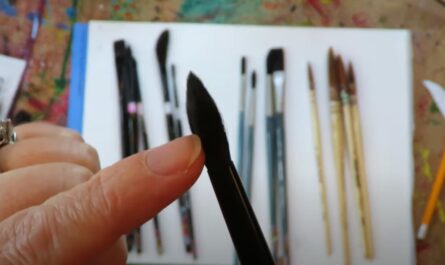In today’s fast-fashion era, the clothing industry is one of the most polluting industries in the world, taking a toll on our planet. The pressure to constantly stay on-trend has its complexities, leading to the overproduction of clothing, which then translates to overconsumption and disposal of items that are often barely worn. To tackle these issues, the fashion industry has started to shift gears towards sustainable clothing, and pre-loved clothing is at the forefront of this new wave of sustainable fashion.
Pre loved clothing, also known as second-hand clothing, thrifting, or vintage clothing, refers to previously owned clothing that is being sold after the original owner no longer needs it. Pre-loved clothing has become increasingly popular as it is eco-friendly, cost-effective, and unique. In this blog post, we will explore the significance of pre-loved clothing, the benefits of shopping second-hand as a consumer, and the impact it has on the planet.
The Rise of Pre-Loved Clothing
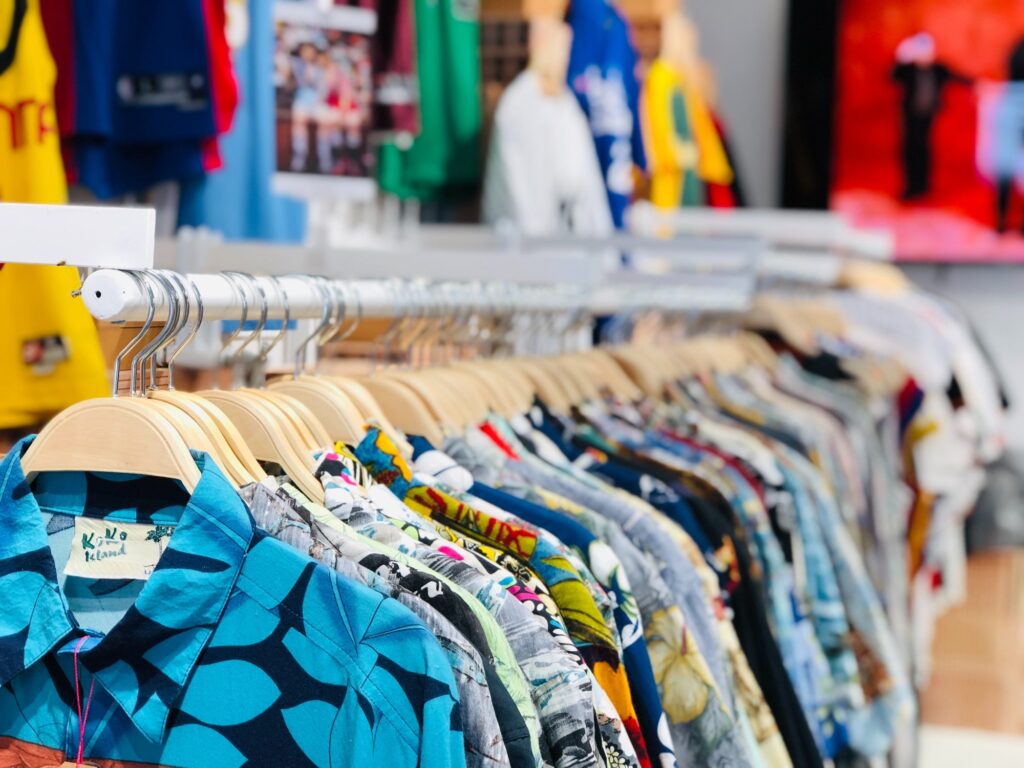
The rise of pre-loved clothing signals an important shift in consumer behaviour towards sustainability. While fast fashion may provide a wide range of styles for consumers, it heavily weighs on the environment, resulting in significant environmental impacts such as pollution and textile waste. The fashion industry is the third-largest polluter globally, and it’s time for a change. Pre-loved clothing, being already made clothes, does not require the use of raw materials, water, or energy, and thus minimises the impact on the environment.
Aside from the environmental benefits of pre-loved clothing, shopping second-hand is a great way to save money. Pre-loved clothing is often cheaper than buying new items, making it an excellent option for those on a tight budget. Furthermore, many pieces at thrift shops and vintage stores are of high quality. You can find items made from natural materials such as silk, wool, and cotton and from reliable brands that would otherwise be out of your budget. With a little patience and creativity, pre-loved clothing can look just as great as new items.
One of the most significant benefits of pre-loved clothing is that it creates a unique personal style. The beauty of vintage and thrifted clothing is that it offers a chance to explore one’s creativity and unique sense of style. Shopping in vintage stores, you will find authentic items and unique pieces that are often one of a kind. Every piece of second-hand clothing tells a story, has its own history and character, making it personal and distinctive. Choosing to buy pre-loved clothing is a chance to escape the conformity of fast fashion trends and to be different, adding depth and personality to your wardrobe.
Another essential benefit of pre-loved clothing is its contribution to the circular economy. The circular economy model is a long-lasting solution that combats the problem of waste by promoting the reuse, repair, and recycling of materials. When you purchase pre-loved clothing, you enable the reuse and repurposing of an item, extending its lifecycle and reducing textile waste in landfills. The circular fashion approach of pre-loved clothing is essential in creating a sustainable future for generations to come.
Tips on Styling Vintage Clothes from the 80s, 90s and Y2K Era
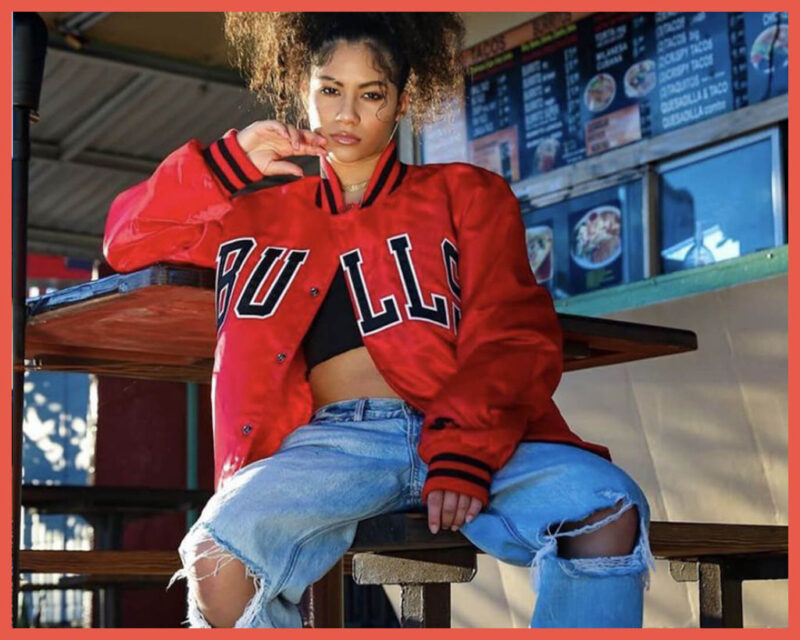
Vintage clothes have always been an important part of the fashion industry. Older styles are still relevant today and some trends even come back into style from time to time. It’s no wonder that we still have a fascination for the fashion and styles from the 80s, 90s, and Y2K era. Their unique designs, bold colours, and statement pieces make them impossible to resist. However, the question is, how to style these vintage clothes without looking outdated or overdone? Here are some tips on styling vintage clothes from the 80s, 90s, and Y2K era.
Mix Vintage with Modern Pieces: Instead of wearing a head-to-toe vintage outfit, mix vintage with modern pieces. This way, the vintage pieces become more of an accent than the whole outfit. For instance, you can wear a vintage t-shirt with a pair of modern jeans or a blazer with a vintage skirt.
Don’t Overdo it with Patterns: Vintage clothing is known for its bold and vibrant patterns. However, if you wear too many prints or patterns at once, it can be overwhelming. Rather, choose a patterned vintage piece and pair it with solid colours to balance it out. For example, if you wear a patterned vintage shirt, pair it with black jeans or plain trousers to make the vintage piece stand out.
Accessorise Wisely: Accessories can make or break an outfit. When wearing vintage clothes, choose modern and minimalistic accessories that won’t clash with the vintage pieces. For example, if you are wearing a vintage dress, opt for a simple pair of earrings or a delicate necklace instead of large statement jewellery pieces.
Experiment with Layering: Layering can make any outfit look more dynamic and stylish. You can layer different vintage pieces over each other or mix vintage with modern pieces. For instance, a vintage leather jacket can be worn over a modern dress for an edgy look.
Vintage clothes can bring a unique and stylish edge to your wardrobe. By following these tips, you can style vintage clothes from the 80s, 90s, and Y2K era in a modern and fresh way, so you won’t have to worry about looking outdated. Whether you choose to mix vintage with modern pieces or experiment with layering, always remember to accessorise thoughtfully.
Conclusion:
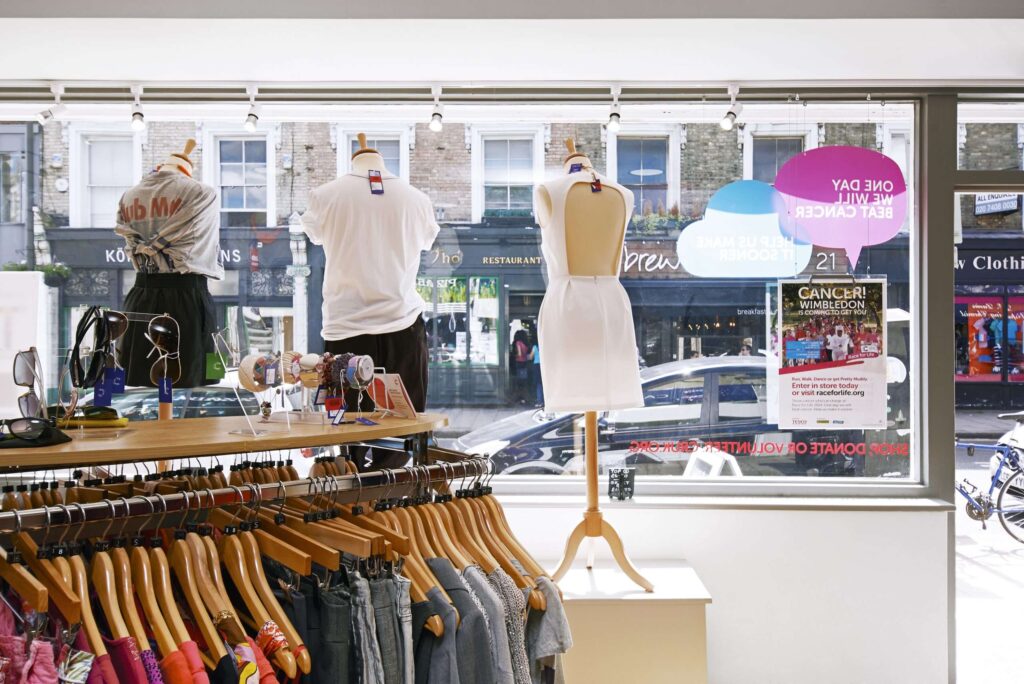
The sustainability movement has brought about an increased awareness of the environmental impacts of the fashion industry, and the demand for sustainable fashion is on the rise. Fortunately, pre-loved clothing offers a way to enjoy fashion while being mindful of the planet. The environmental, economic, personal style, and circular business benefits of shopping for pre-loved clothing make it an excellent option. Adopting pre-loved clothing in your wardrobe can be an exciting and easy step towards leading a more sustainable lifestyle. Let us join hands in transforming the fashion industry and embracing the joys of vintage, thrifting, and pre-loved clothing.
